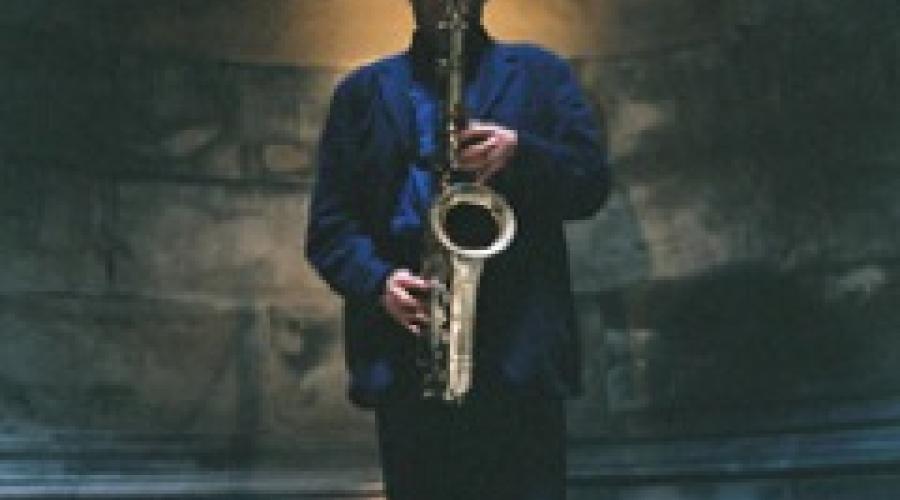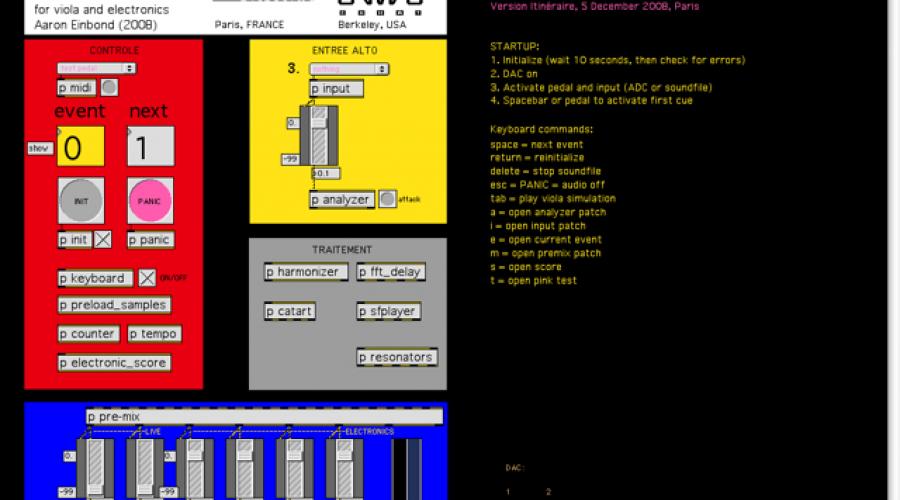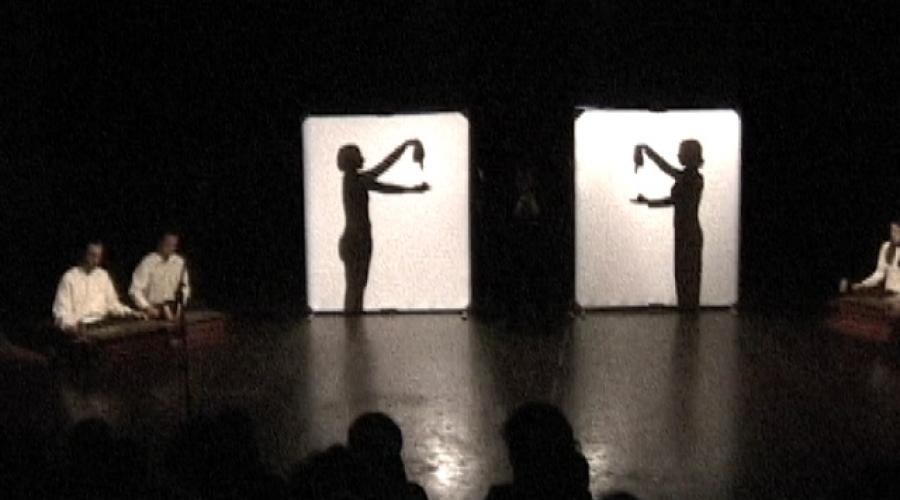Timbre refers to the quality or color of a sound and is determined by presence, distribution, and relative amplitude of overtones. This term also encompasses Spectral Music(s).
Timbre
John Butcher, saxophones, David Wessel, SLAB/computer, Bill Hsu, electronics
Excerpt from CNMAT concert
Temper
Temper for bass clarinet and electronics
Aaron Einbond - Temper
Beside Oneself
Beside Oneself for viola and live electronics
Most people think what could I do, I think what shouldn't I do. What I should do perhaps is involved with the fact that I'm Jewish and what is known as Jewish paranoia. I don't feel comfortable enough to feel that everything is on my side and that it's going to work just the way I want it.
--Morton Feldman
David Bithell - lumen_aria
Recorded at UC Berkeley, 2005
David Bithell, Trumpet and computer-processed audio
lumen
“Lumen” is an hour-long composition in three movements. Using shadow screens, precise mime-like movement, and a unifying musical language, the movements work together to create a narrative form inspired from both Javanese shadow play and early silent cinema. The three movements can also be performed individually.
I. Lumen Prelude -- in which we are introduced to our
En círculo
En círculo (2008) for alto saxophone, clarinet/bass clarinet, horn, trumpet, trombone, double bass, percussion, and piano
duration, 18'
excerpt performed by the San Francisco Contemporary Music Players
Listening to me practice the piano in this piece, my sister said, “I hear all sorts of natural sounds, things blowing, shaking, leaves rustling, waves rolling”.
Study No. 1
Study No. 1 is the first of a series of studies for piano and electronics. The piano’s role is to ‘trigger’ the electronic sounds at particular points in the score, an image of which is saved inside an MAX/MSP processing station. This gives the performer great timing flexibility.
La mar amarga
la mar amarga (2007) for piano trio
music by Cindy Cox
Graeme Jennings, violin, Leighton Fong, cello, and Christopher Jones, piano
photo from Sensitive Chaos by Theodor Schenk (Rudolph Steiner Press, 1965)












